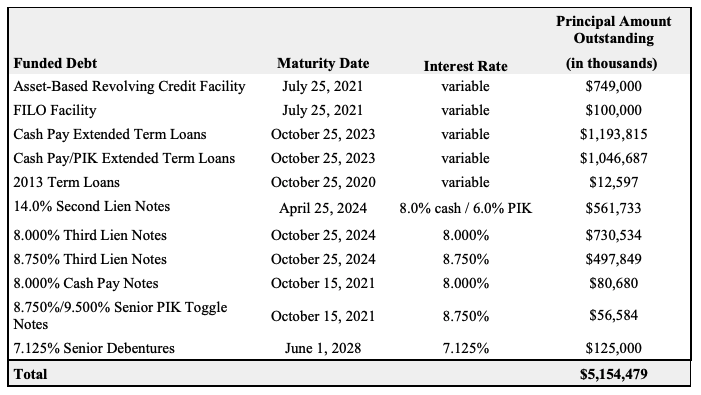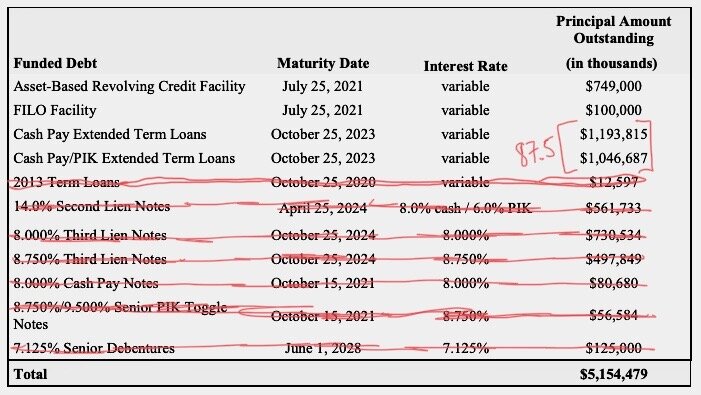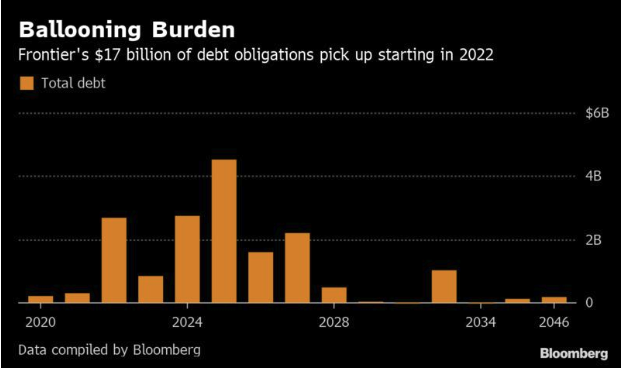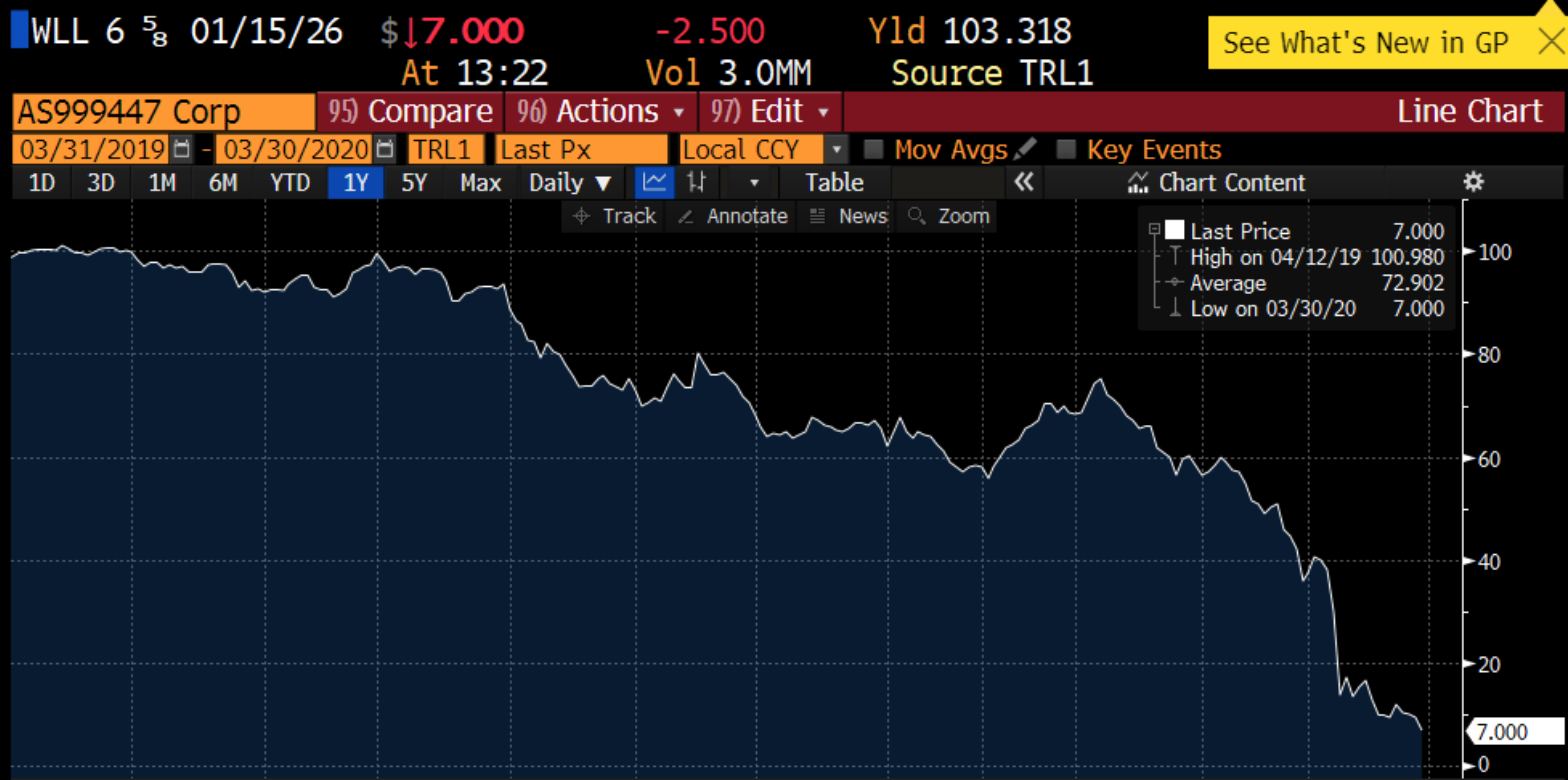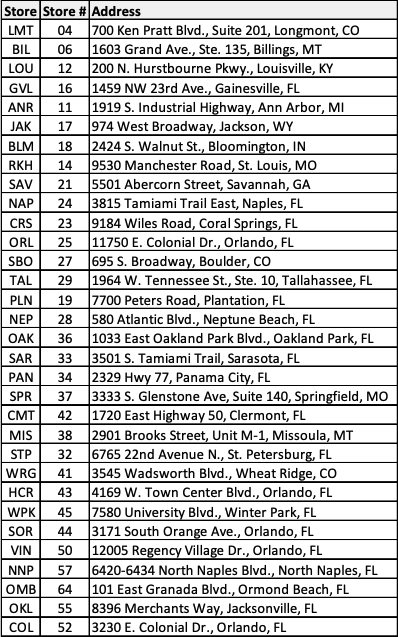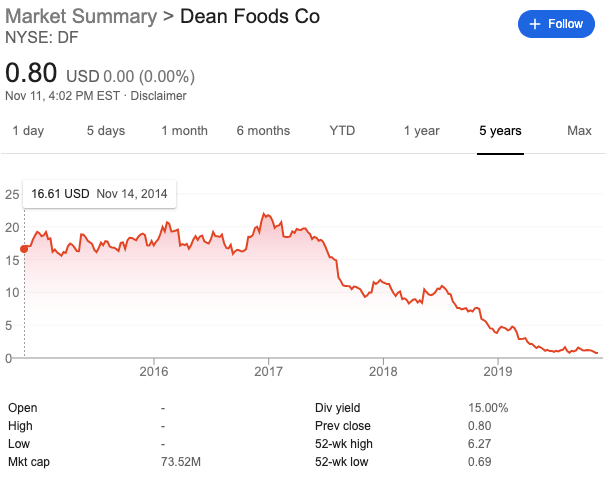New Chapter 11 Bankruptcy Filing - Golden Eagle Entertainment $ENT
Golden Eagle Entertainment
July 22, 2020
Suffice it to say, high correlation to the airline and cruiseline industries is a credit negative these days. A few months ago Speedcast — a provider of information technology services and (largely satellite-dependent) communications solutions (i.e., cybersecurity, content solutions, data and voice apps, IoT, network systems) to customers in the cruise, energy, government and commercial maritime businesses — discovered this the hard way and free fell into bankruptcy court. There’s still no resolution of that case. Similarly, Global Eagle Entertainment Inc. ($ENT), a business that generates revenue by (i) licensing and managing media and entertainment content and providing related services to customers in the airline, maritime and other “away-from-home” nontheatrical markets, and (ii) providing satellite-based Internet access and other connectivity solutions to airlines, cruise ships and other markets, couldn’t avoid trouble once COVID-19 shutdown its core end users. No monthly recurring revenue model can save a company when its clients are effectively closed for business AND there’s $855.6mm of funded debt to service. Not to state the obvious.
Things may get worse before they get better. The company’s largest customer is Southwest Airlines Co. ($LUV) (21% of overall revenue) and it has a pretty bearish take on …
TO READ THE REST OF THIS POST, YOU MUST BE A PETITION MEMBER. YOU CAN BECOME ONE HERE.
Jurisdiction: D. of Delaware (Judge Dorsey)
Capital Structure: $85mm RCF, $503.3mm TL, $188.7mm second lien notes, $82.5mm unsecured convertible notes.
Professionals:
Legal: Latham & Watkins LLP (George Davis, Madeleine Parish, Ted Dillman, Helena Tseregounis, Nicholas Messana, Eric Leon) & Young Conaway Stargatt & Taylor LLP (Michael Nestor, Kara Hammond, Betsy Feldman)
Financial Advisor: Alvarez & Marsal LLC
Investment Banker: Greenhill & Co. Inc.
Claims Agent: Prime Clerk LLC (*click on the link above for free docket access)
Other Parties in Interest:
Prepetition First Lien Admin Agent & DIP Agent: Citibank NA
Legal: Weil Gotshal & Manges LLP (David Griffiths, Bryan Podzius)
Ad Hoc DIP & First Lien Lender Group: Apollo Global Management, L.P., Eaton Vance Management, Arbour Lane Capital Management, Sound Point Capital Management, Carlyle Investment Management LLC, Mudrick Capital Management, BlackRock Financial Management, Inc.
Legal: Gibson Dunn & Crutcher LLP (Scott Greenberg, Michael Cohen, Jason Goldstein) & Pachulski Stang Ziehl & Jones LLP (Laura Davis Jones, TImothy Cairns)
Second Lien Agent: Cortland Capital Market Services LLC
Second Lien Noteholders: Searchlight Capital Partners LP
Legal: Paul Weiss Rifkind Wharton & Garrison LLP (Alan Kornberg, Michael Turkel, Irene Blumberg, Elizabeth Sacksteder) & Richards Layton & Finger PA (Daniel DeFranceschi, Zachary Shapiro)
Southwest Airlines Inc.
Legal: Vinson & Elkins LLP (William Wallander, Paul Heath, Robert Kimball, Matthew Struble) & Saul Ewing Arnstein & Lehr LLP (Lucian Murley)
AT&T Corp.
Legal: Arnold & Porter Kaye Scholer LLP (Brian Lohan) & Morris Nichols Arsht & Tunnell LLP (Derek Abbott, Brett Turlington)
Terry Steiner International
Legal: Loeb & Loeb LLP (Daniel Besikof, Geneva Shi)
Telesat International Limited
Legal: Hodgson Russ LLP (Garry Graber)
Nantahala Capital Management LLC
Legal: King & Spalding LLP (Arthur Steinberg, Scott Davidson) & The Rosner Law Group LLC (Frederick Rosner, Jason Gibson)

